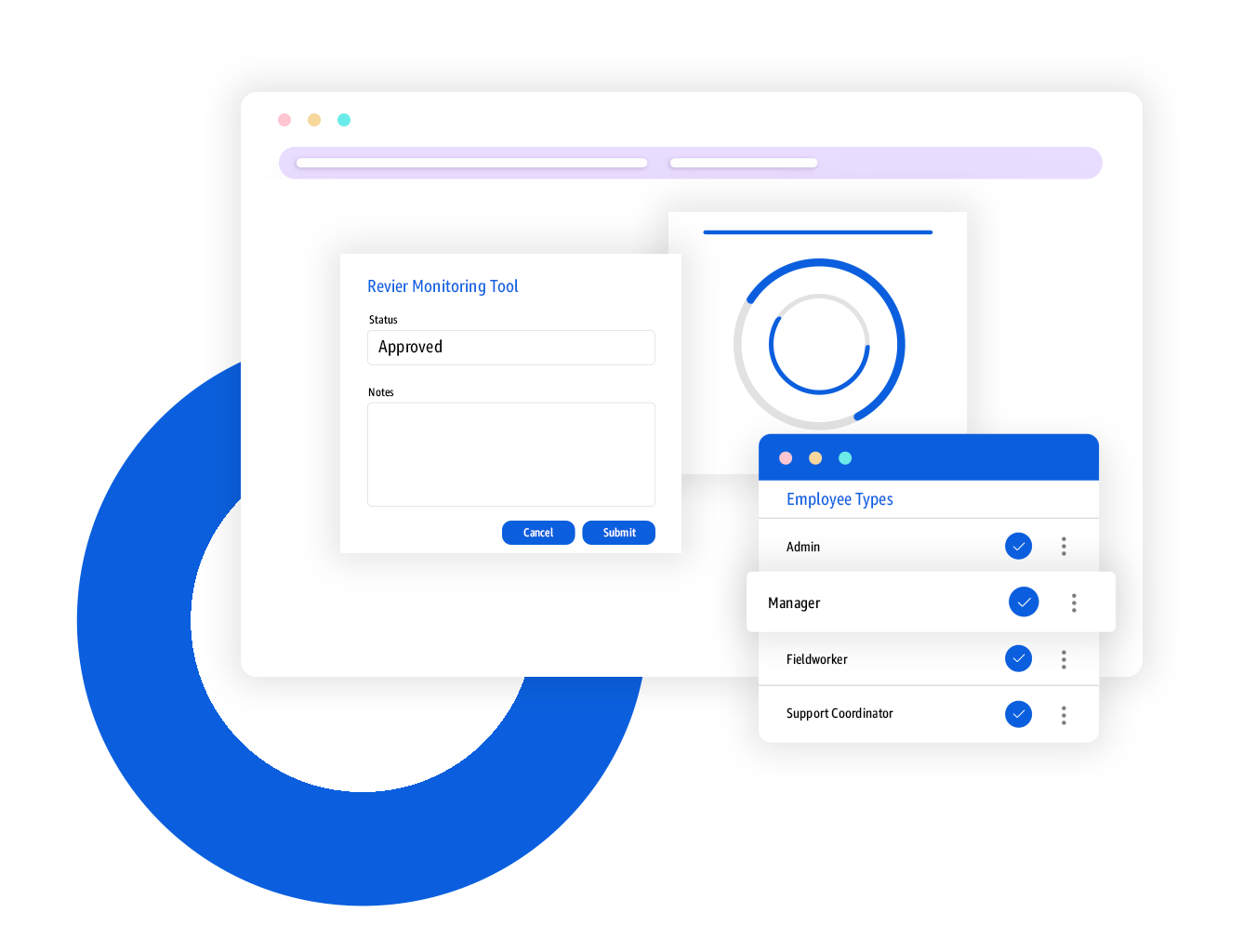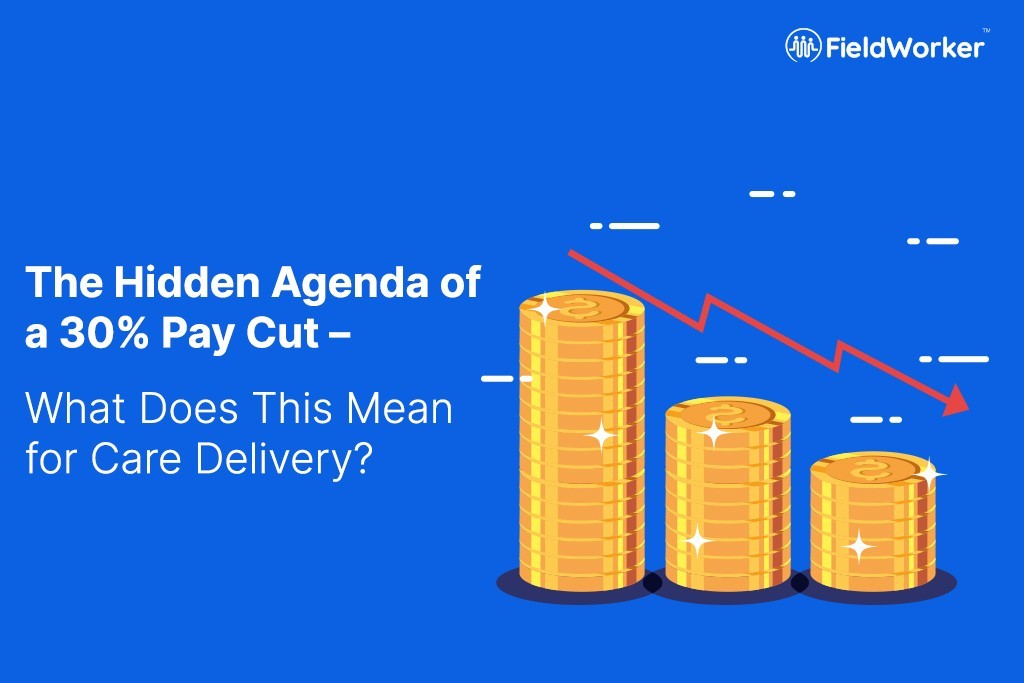Intellectual and Developmental Disabilities or IDDs are conditions affecting the trajectory of an individual’s intellectual, physical, and emotional development.
IDD is severe in some cases and is so primarily because of physical and mental impairments. Symptoms of IDD can start at any time in a person’s life, lasting a lifetime for most people.
Everyday major life activities affecting people with IDD disabilities include their:
- Mobility
- Learning
- Language
- Independent Living
- Self Help
Support Workers Are Indispensable to Patients
The following excerpt is based on the NY Times article: Should Nurses Take a 30% Pay Cut When Their Patient Turns 23?
Joe Trimarchi, a 55-year-old cashier, working at the billing department of Staten Island University Hospital, is usually a calm individual but gets riled up when the conversation turns to his daughter Alexia.
Alexia is an individual with intellectual and developmental disabilities and was born in 2001. She was diagnosed early with spastic quadriplegic cerebral palsy, hydrocephalus, and a seizure disorder. Her parents’ biggest fear is what happens when she turns 23 – that’s when the New York State Department of Health can update her classification to that of a “medically fragile adult” rather than a “medically fragile child.” This distinction may not seem like much on the surface, but it has consequences that are deeply concerning for the parents.
The Trimarchis had many sleepless nights over this change, as pay cuts might encourage Alexia’s nurses to leave, the last resort would be to put her in a group residence or nursing home where she will lose the one-on-one care she grew accustomed too.
Mr. Trimarchi, though overwhelmed with this situation, continues to fight passionately for his daughter to have the best life possible. Alexia is notably one of 1500 medically fragile children from New York State who depend on the support from private-duty nurses she is entitled to as defined under Medicaid. Children designated as medically fragile need constant nursing care, treatments, and life-sustaining medication. In some extreme cases, they even rely on supplemental oxygen, ventilators, and feeding tubes.
Why Nurses with In-Home Care Services Are Frustrated with the System
Many children are highly reliant on their caregivers and cannot afford to lose them. But for the nurse, the situation becomes even more fragile and untenable once their patient reaches the age of 23. This is when they are considered adults, resulting in a 30% pay drop for the nurse.
Aziza Hankins is a licensed nurse who has been taking care of Alexia since she was a young child. However, she is soon faced with the prospect of leaving Alexia in three years’ time because of the resulting pay cut when Alexia turns 23 – from $32 to $23 an hour. So, despite her love for Alexia, Hankins might end up leaving as she has to take care of her own family.
Hankins, a licensed practical nurse, already makes less than a private nurse with the equivalent skillset. Those nurses would be receiving closer to a six-figure salary, with additional benefits, including sick days and paid time off. However, those who choose to be private-duty nurses like Hankins usually do so because of the flexibility to choose their own assignments and work with individual patients.
Hankins, who has grown fond of Alexia, struggles with leaving because of future pay cuts. She has developed a close bond with Alexia and enjoys her sense of humor, even if her patient has difficulties with verbal communication.
Why Nurse Pay Cuts Are Implemented
New York favors small group homes and recently bolstered its in-home care programs because of the financial advantages. A non-profit provider of residential programs, Community Resources Staten Island, has stated it costs $69,000 for in-home care over one year while the costs increase to $135,000-$156,000 per year to deliver the care in a group home.
So why is there a cut in salary when a patient turns 23? According to Michael DeGrottole, COO of Community Resources, regrettably, many patients simply aren’t expected to survive into their 20s and beyond, meaning care and the associated costs focus on younger patients.
The Right Applications Can Help Your In-Home Care Workers
Care Workers and nurses like Hankins need to be empowered to continue their work to stay on. The right tech can help ease stress and can be a step forward in the right direction. Mobile-friendly apps like FieldWorker, a Social Work Case Management Software, do just that for in-home care nurses. It gives them a suite of features to simplify their work, especially when accessing and updating patient information.
Technology like FieldWorker can help people like Mr. Trimarchi avoid losing amazing nurses like Ms. Hankins, possibly giving individuals like Alexia a brighter future in the long run.

